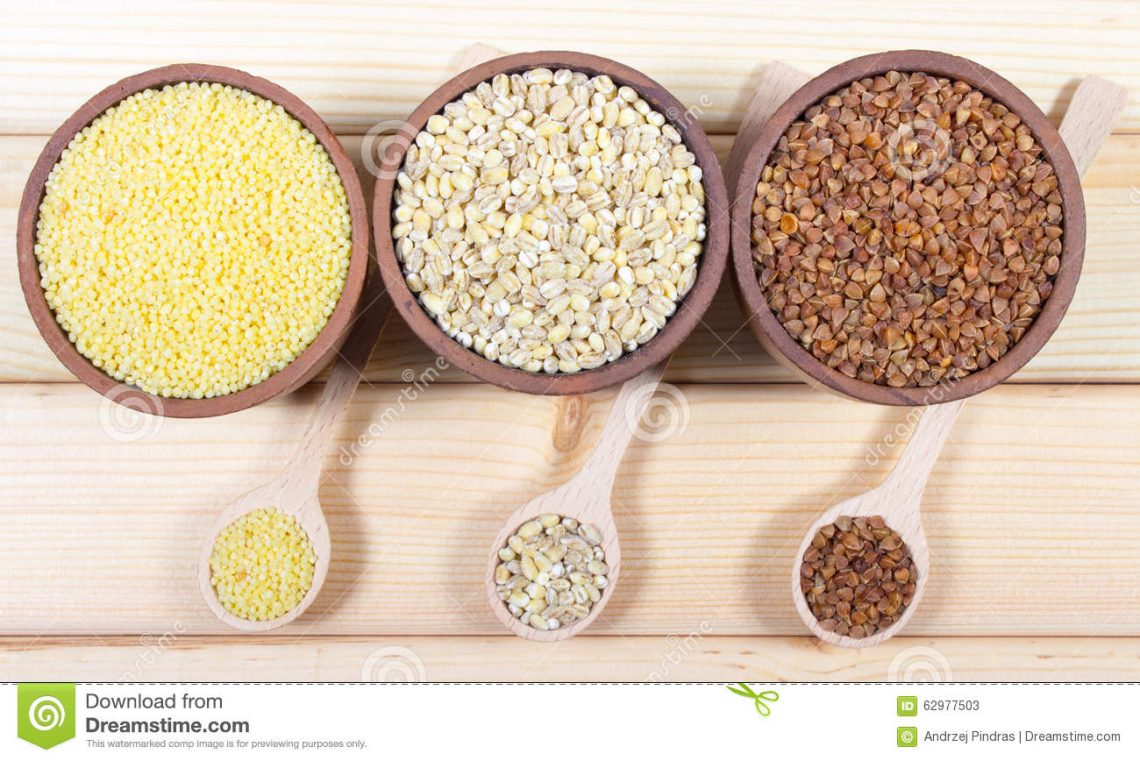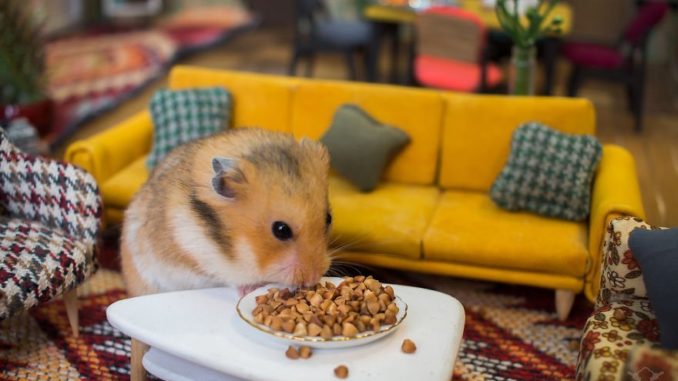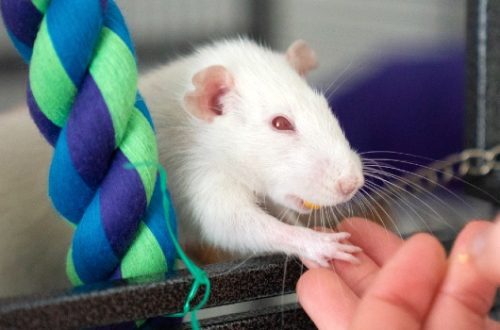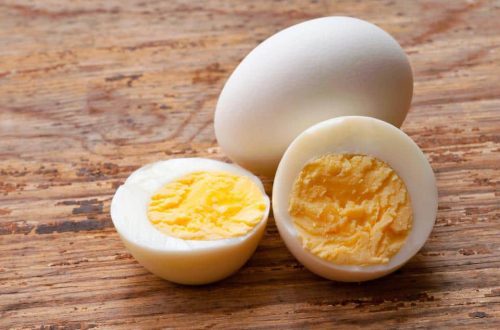
Is it possible for hamsters to buckwheat, millet, pearl barley and other cereals

Proper, complete and at the same time varied nutrition is the key to health and long life. And this is so not only in humans, but also in animals, and in hamsters.
In order for the pet’s coat to look healthy and shiny (and this is one of the external signs that make it possible to determine the state of the pet at the moment), you need to feed the rodent according to the following scheme: the basis of the diet is dry food, in addition – vegetables and fruits. But here the question already arises about cereals, not all of them are useful. But today all myths will be dispelled, and answers to questions will be found.
Contents
Buckwheat
Buckwheat can and should be given. It is found in most grain mixes available at pet stores.
This product will benefit the hamster’s body due to the excellent content of vegetable protein and nutrients.
When deciding in what form to give this treat to a hamster, you must first assess the state of health. Sick rodents are usually offered cereals that are not cooked in milk and without spices, but it is better to feed a healthy pet dry buckwheat.
Millet and wheat
It’s not the same thing, but completely different things. Wheat is a cereal, and millet is a cereal. The latter, by the way, is not advised to give to a hamster, since it is difficult to digest heavy food. Well, or only in an unpurified state, so that it would be more beneficial for the intestines.
Wheat is included in any grain mixture. Moreover, sprouted to the roots, it gives the hamster incredible benefits! You can cook it yourself or buy it. It is necessary to offer only a few roots to the rodent. Remove everything that is not eaten.
And yes, a very important point! It is better not to take wheat in the market, it can be pickled. Better to go to the pet store.
Pearl barley
The product is allowed to be introduced into the diet – you can steam it a little, do it like for ordinary porridge. Just no spices and salt! The latter are very harmful, if not dangerous for hamsters.
Barley brings the same benefit to the body as buckwheat, there is nothing dangerous in this cereal. The only thing is that a hamster may not eat everything, but drag a part to his mink. It is better to clean up such deposits, otherwise an attractive delicacy will soon turn into poison.
rice
Experienced hamster breeders do not recommend feeding your pet with rice all the time, since this cereal is still heavier than ordinary boiled buckwheat.
For young animals and in case of illness / diarrhea, rice will be most welcome. But everything needs a measure, so this is more of a “duty” option.
Other cereals
Muesli, although it is not a cereal, is still worth referring to the topic of the article. You can’t give them! In addition to tasty fruits, muesli also contains sugar, the use of which is harmful to hamsters. These rodents can not do anything spicy, salty and fried. Too much sweet is also not good.
Oatmeal can and should be introduced into the diet both in the form of steamed cereals and without soaking. But if the hamster is healthy, then it is better to add a little dry oatmeal to the usual food so that the hamster gnaws. But the liquid version is suitable for small or those with diseases. Sprouted grains of oats (not a ripening culture, but young seedlings) will be incredibly useful for a hamster, however, despite all the usefulness, the food must be balanced.
Semolina porridge will not bring great benefits to the hamster’s body, but if it was decided to cook, then it is better on the water. The fact is that milk is a product that is poorly absorbed by the body of a rodent. It is better not to take risks and give buckwheat (the most useful and safe option).
Differences between the Dzungarian hamster and the Syrian
This section has been added so that the reader does not have questions about what kind of cereal each of the species eats.
All of the above about cereals applies to both the Dzungarians and the Syrian hamsters, because they both differ only in a few ways:
- coat color;
- size and serving (Syrian hamsters eat a lot);
- speed of attachment (the Syrian hamster will quickly get used to a person);
- space; a big Syrian hamster – a big house!
We are what we eat. Same with hamsters. It is necessary to add more different cereals and fruits to the diet of a small rodent and monitor the usefulness of the food offered.
The food must be nutritious and balanced. In addition, it is necessary to calculate the dose so that the hamster does not leave large “deposits” in the house.
This whole thing is not easy, because not always the food on the counter will bring maximum benefit to the pet’s body, but the mission is possible.
Groats for a hamster: what can be given and what is not
4.7 (94.78%) 161 votes





